Comparative Analysis: The Weight of TREX Composite Decking vs. Traditional Materials
Explore the differences in weight between TREX composite decking and traditional wood decking. Understand the pros and cons of each material.
Comparative Analysis: The Weight of TREX Composite Decking vs. Traditional Materials
Introduction
In the realm of outdoor living spaces, deck construction materials have evolved significantly over the years. Among the latest innovations is TREX composite decking, which has gained popularity due to its durability, low maintenance, and eco-friendly properties. However, one aspect often overlooked in discussions about composite decking is its weight compared to traditional materials like wood. This article delves into the comparative analysis of the weight of TREX composite decking versus traditional wood options, examining how these differences impact cost, durability, and maintenance.
The Weight Factor
One of the primary considerations when choosing decking material is weight. Traditional wood decks can be quite heavy, especially when using dense hardwoods such as ipe or cedar. On average, a cubic foot of wood weighs around 30 to 50 pounds, depending on the species. In contrast, TREX composite decking, made from a combination of recycled plastic and wood fibers, typically weighs less per square foot. According to industry standards, a typical TREX board might weigh around 2.5 to 3 pounds per linear foot, making it lighter than many traditional wood options.
Cost Implications
The weight difference between composite and wood decking can affect overall project costs. Lighter materials can reduce transportation and installation expenses. For instance, a lighter composite deck may require fewer workers for installation, reducing labor costs. Moreover, the lighter weight of TREX composite decking can also minimize the need for additional structural support, potentially lowering costs associated with reinforcing the deck’s foundation.
Durability and Maintenance
While the weight of the material plays a role in the overall durability of a deck, other factors such as resistance to rot, insects, and weathering are equally important. TREX composite decking is known for its high durability and minimal maintenance requirements. Unlike wood, composite materials do not absorb moisture, reducing the risk of warping, cracking, or rotting. This inherent durability can translate to lower long-term maintenance costs and extended lifespan of the deck.
Maintenance Considerations
The weight of the decking material also influences the ease of maintenance. Lighter composite boards can be easier to handle during cleaning and occasional repairs. With TREX composite decking, regular sweeping and occasional power washing are usually sufficient to keep the deck looking new. In comparison, traditional wood decks often require more frequent sealing and staining to maintain their appearance and protect against environmental damage.
Conclusion
When evaluating the choice between TREX composite decking and traditional wood options, the weight factor should not be underestimated. While TREX composite decking is generally lighter, this characteristic offers significant advantages in terms of cost, durability, and maintenance. As consumers increasingly seek low-maintenance, environmentally friendly solutions for their outdoor spaces, TREX composite decking emerges as a compelling alternative to traditional wood.
Reference
TREX Composite Decking Official Website
Baoding Plastroy WPC Products
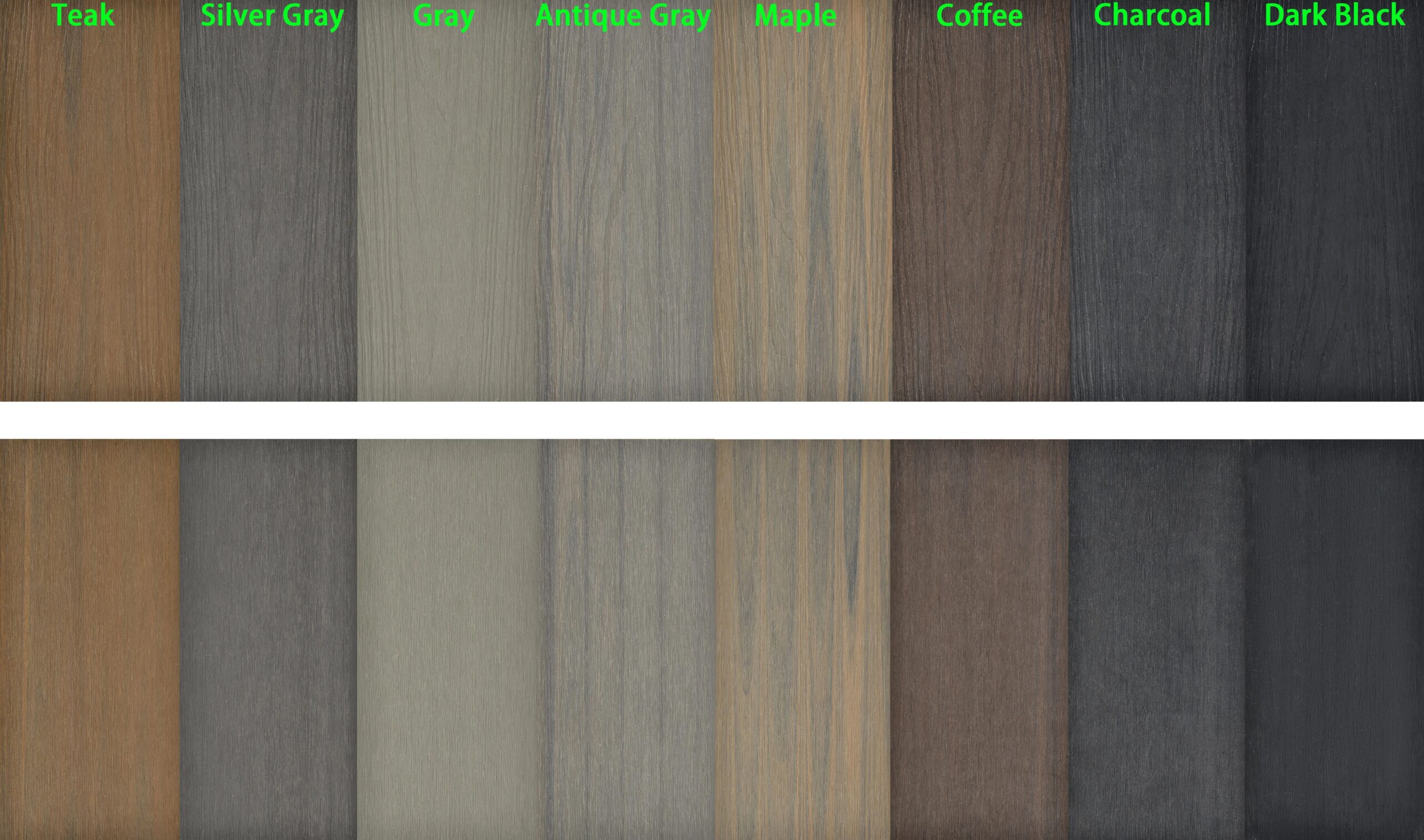

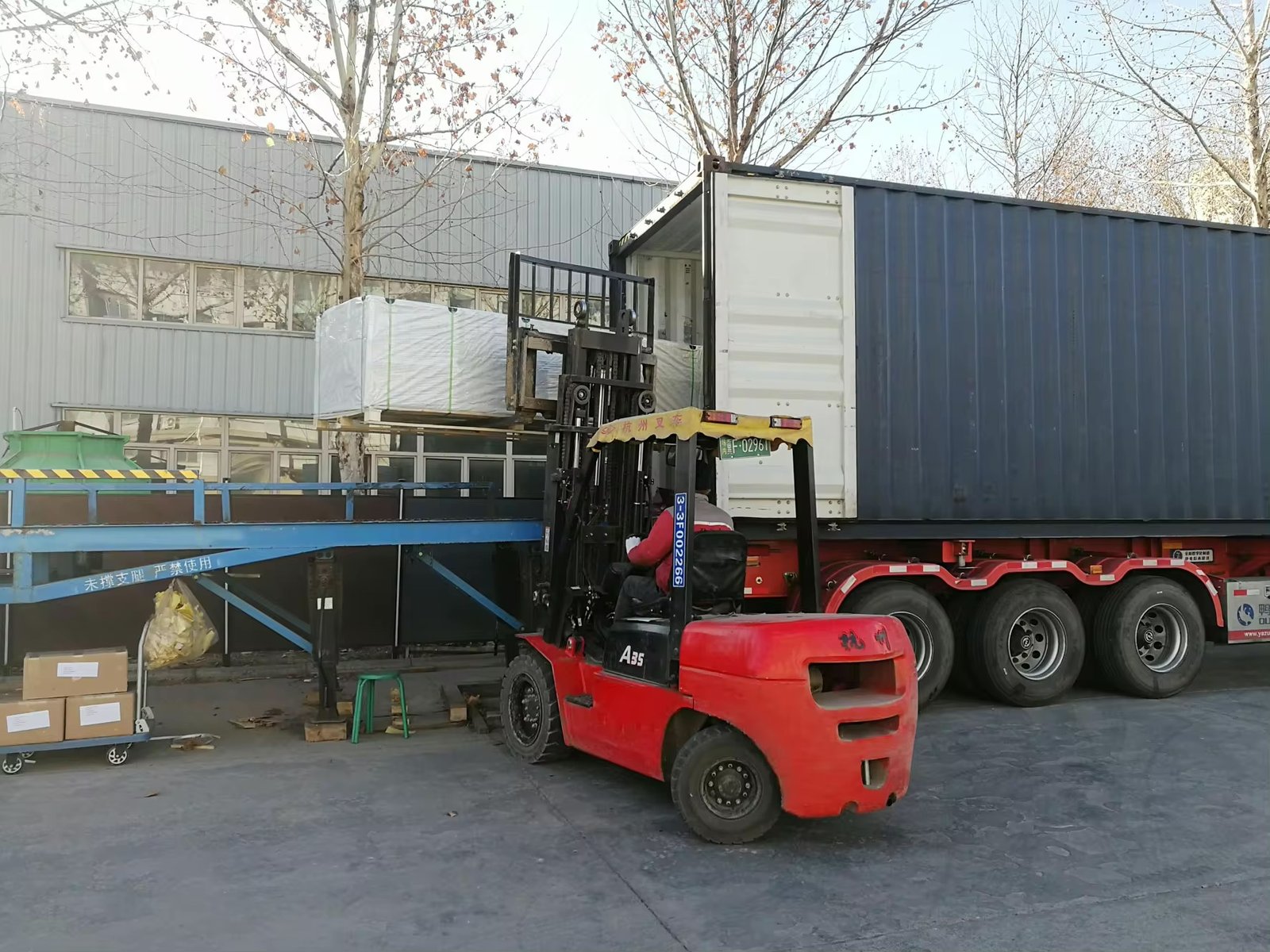
Why Choose Plastory?
Baoding Plastory New Materials Co., Ltd. is a manufacturer of decorative materials with over 9 years of experience and 56 separate production lines.
Currently, our annual production exceeds 30,000 tons, with products exported to more than 50 countries worldwide.
Plastory is the drafting unit of the WPC National Standards and has obtained certifications such as REACH, ASTM, CE, and FSC. Plastory is dedicated to maintaining consistent quality, focusing on details, and prioritizing customer satisfaction.
Our factory is located in Baoding, Hebei Province, China, with a prime location and convenient transportation access. Baoding is approximately a 1.5-hour drive from Beijing Capital International Airport and just 2 hours away from Tianjin Port, making it easy for global clients to visit and facilitating efficient shipping of goods. Our facility spans a large area, equipped with advanced production equipment and modern testing facilities to ensure that every batch of products meets the highest quality standards.
We warmly welcome clients from around the world to visit our factory, where you can see our production processes firsthand and experience our product quality. Please feel free to reach out to us—we are committed to providing you with the best products and services.
Kindly get in touch with us to request a product catalogue.

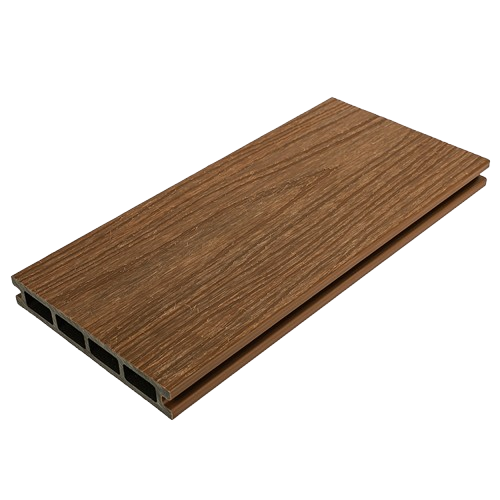

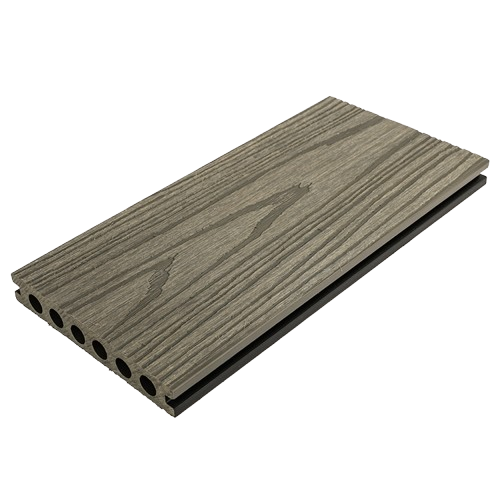
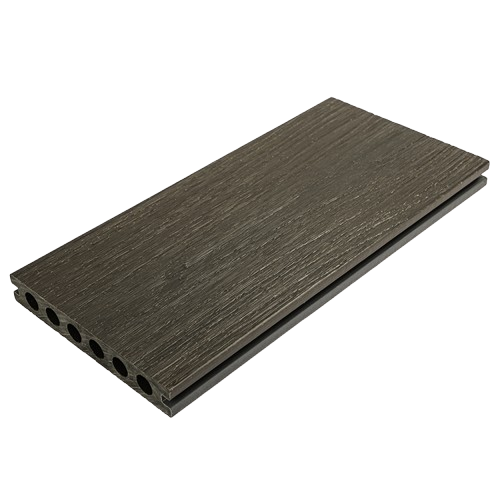
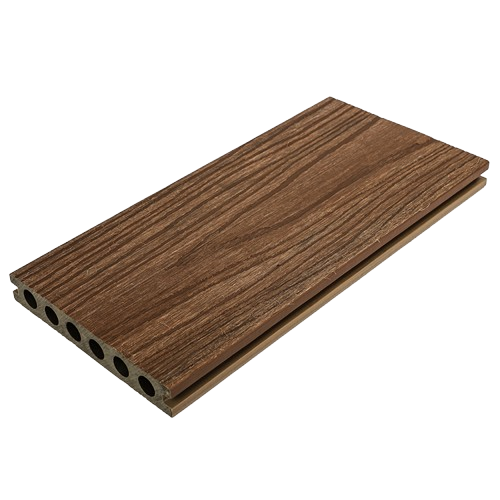
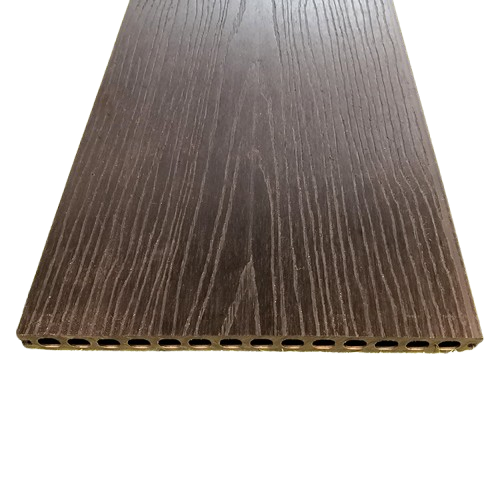
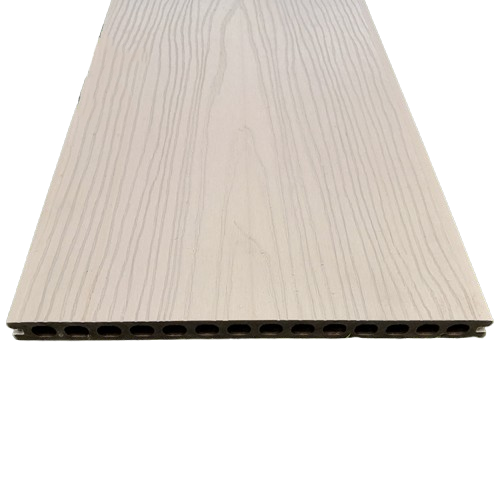

Reviews
There are no reviews yet.